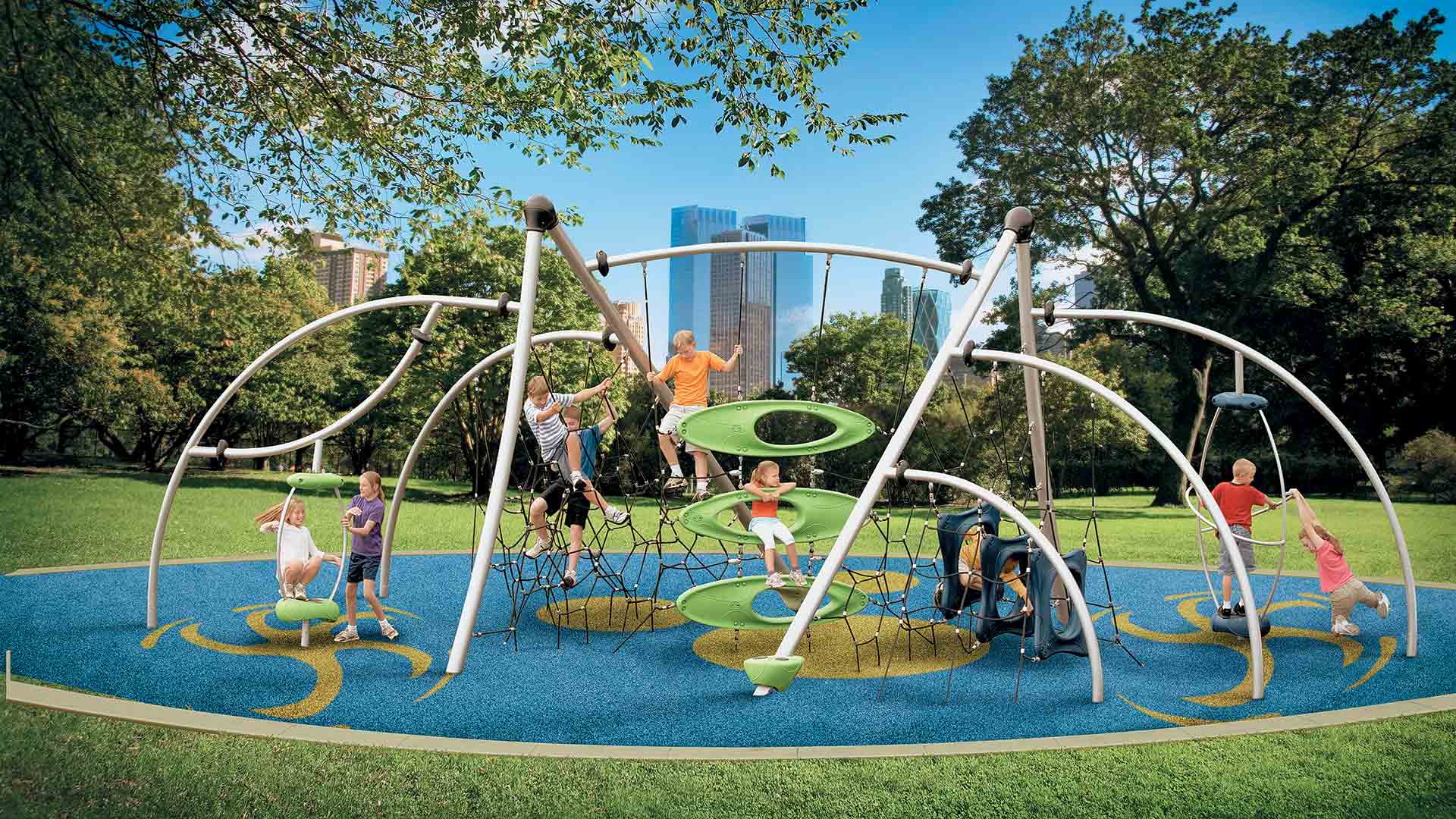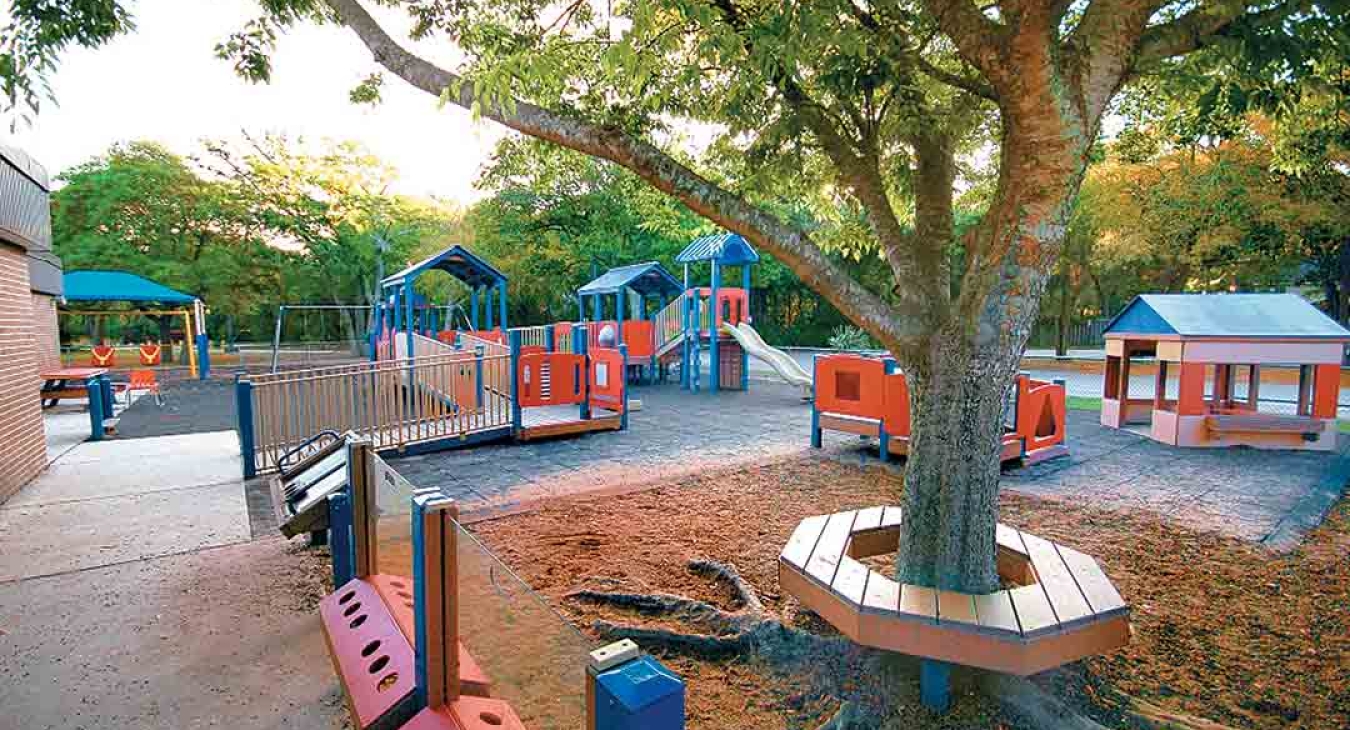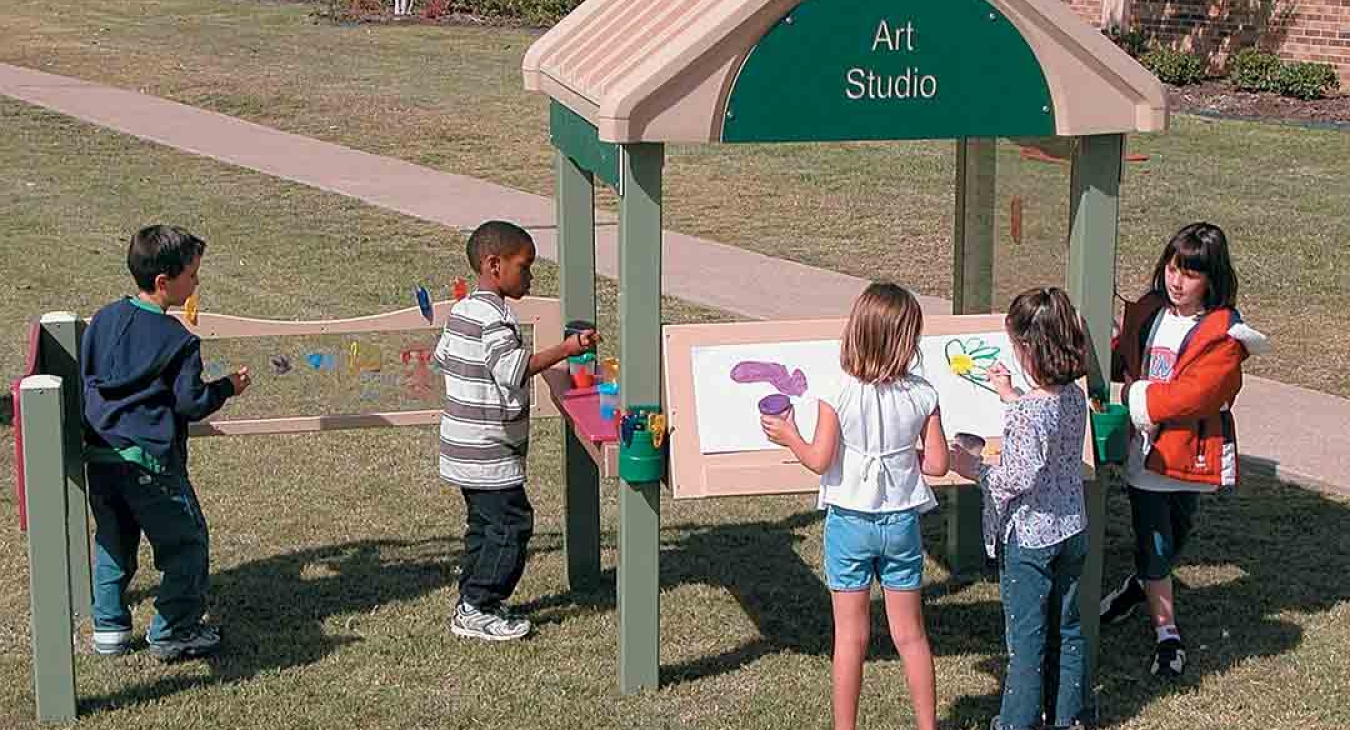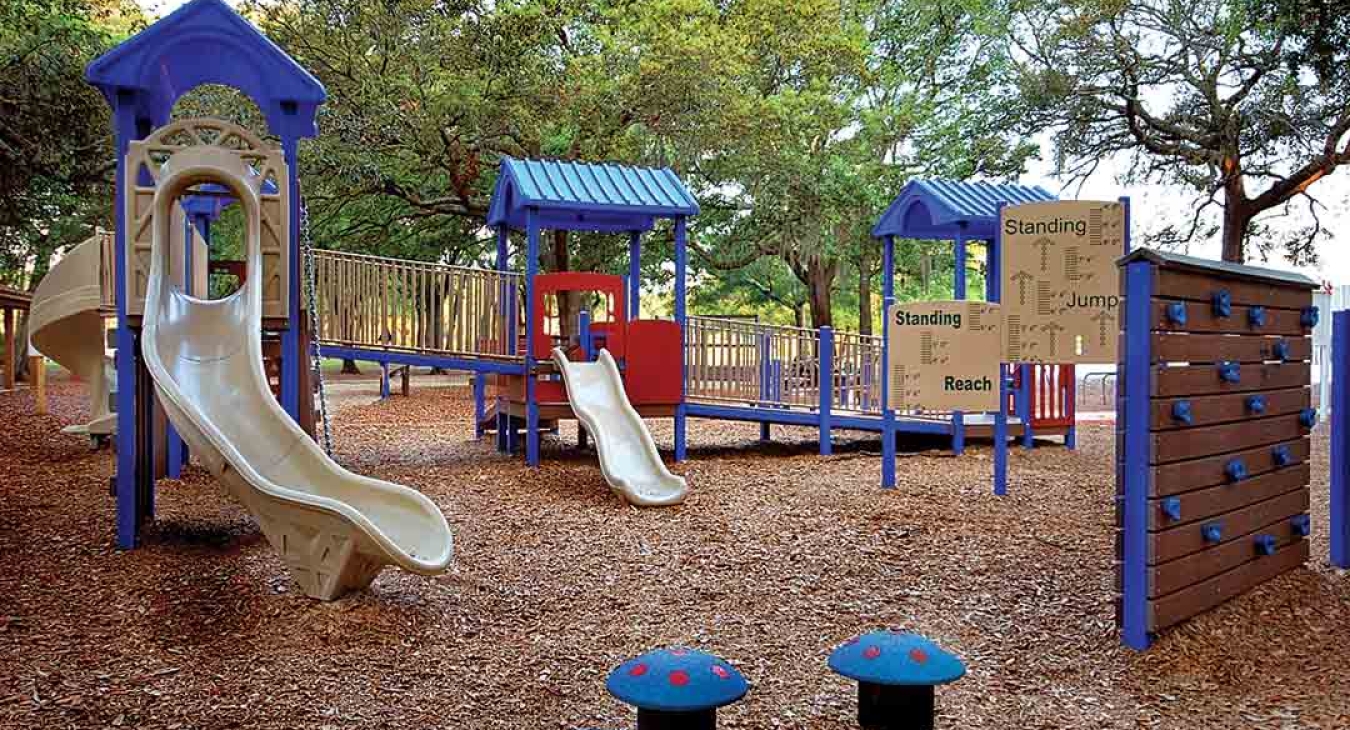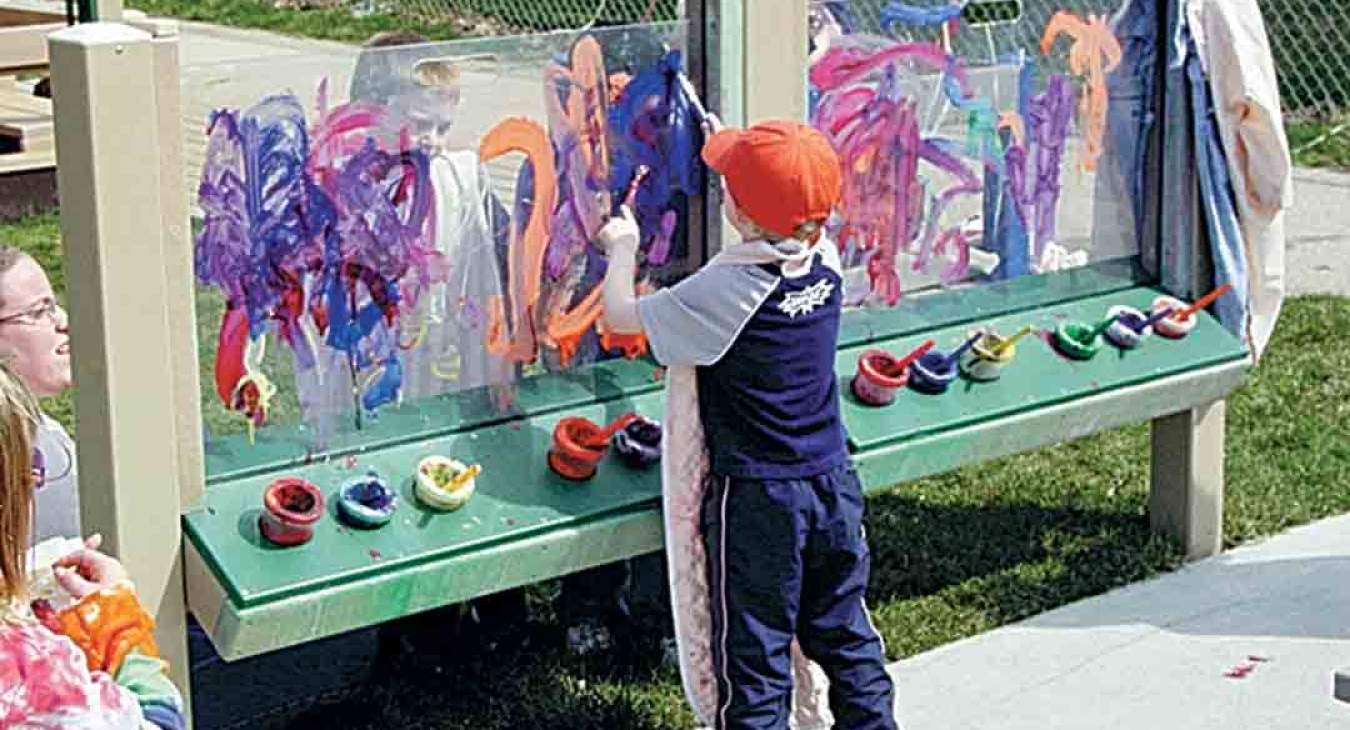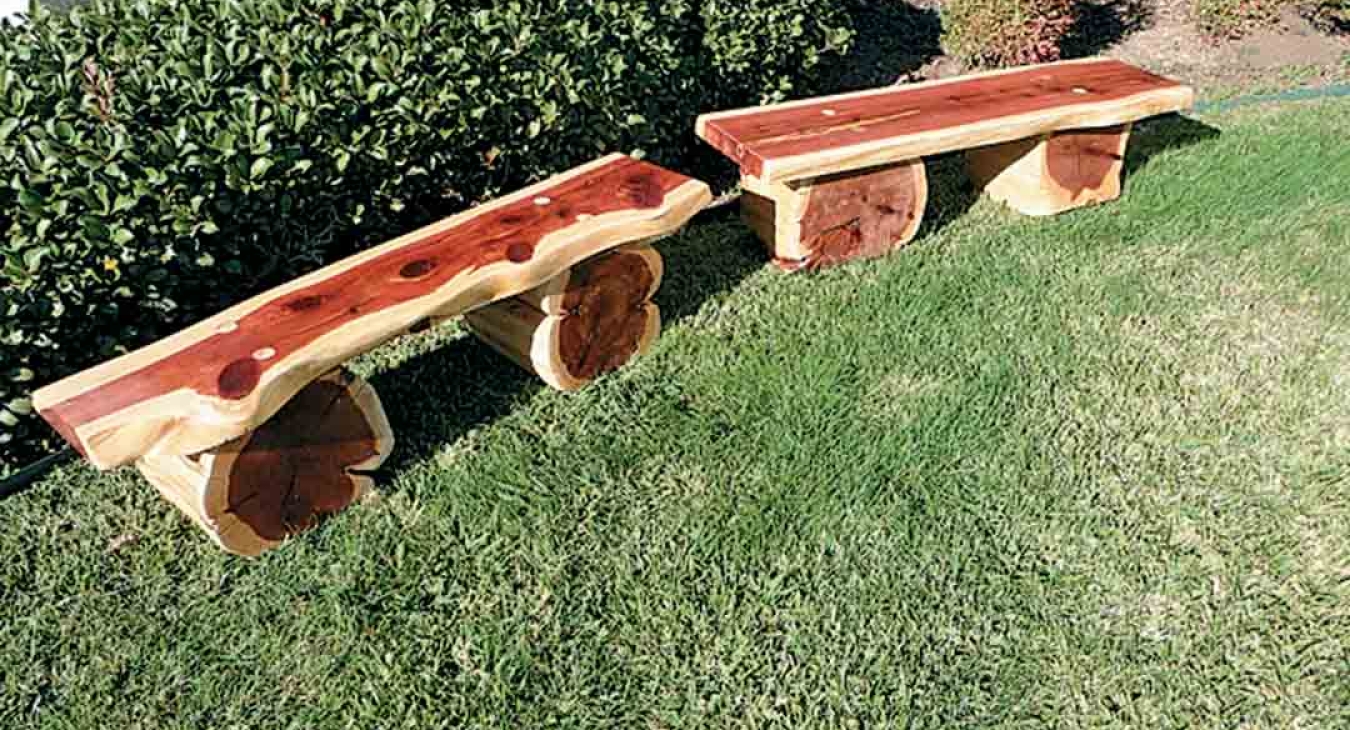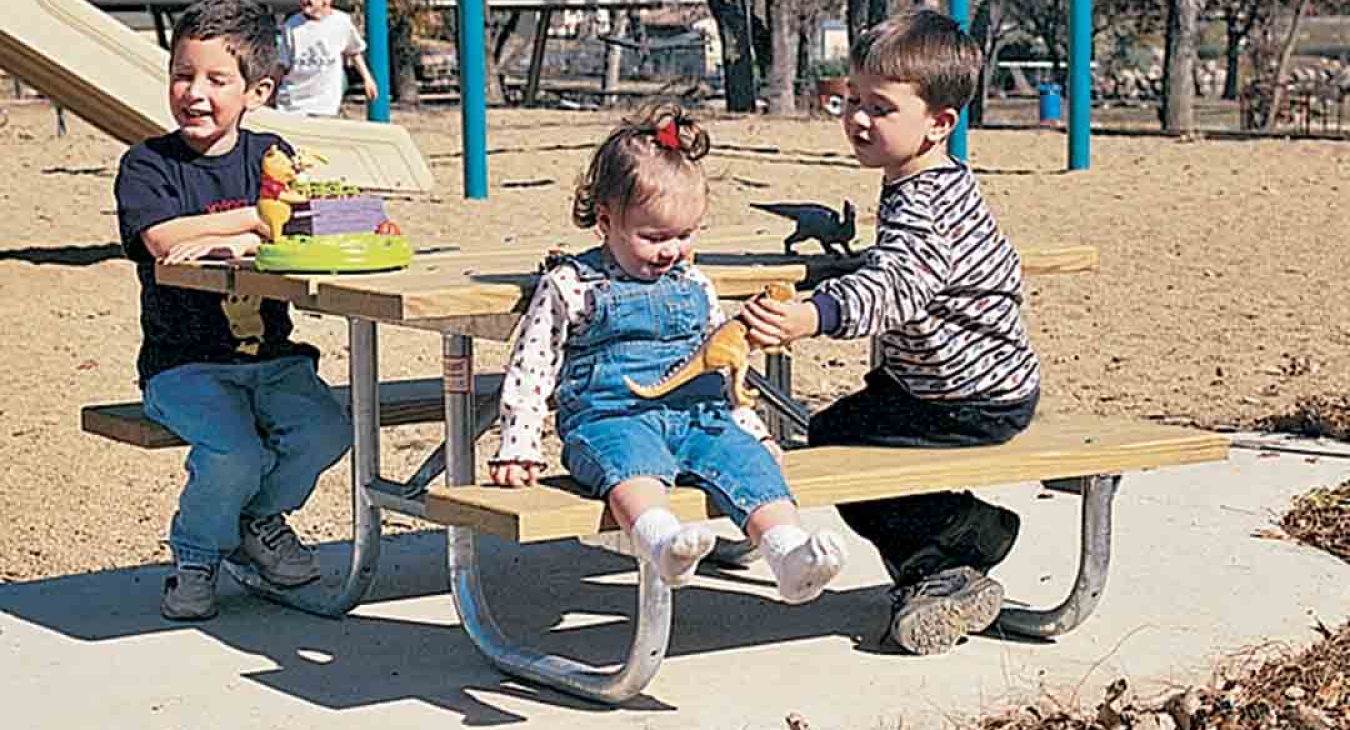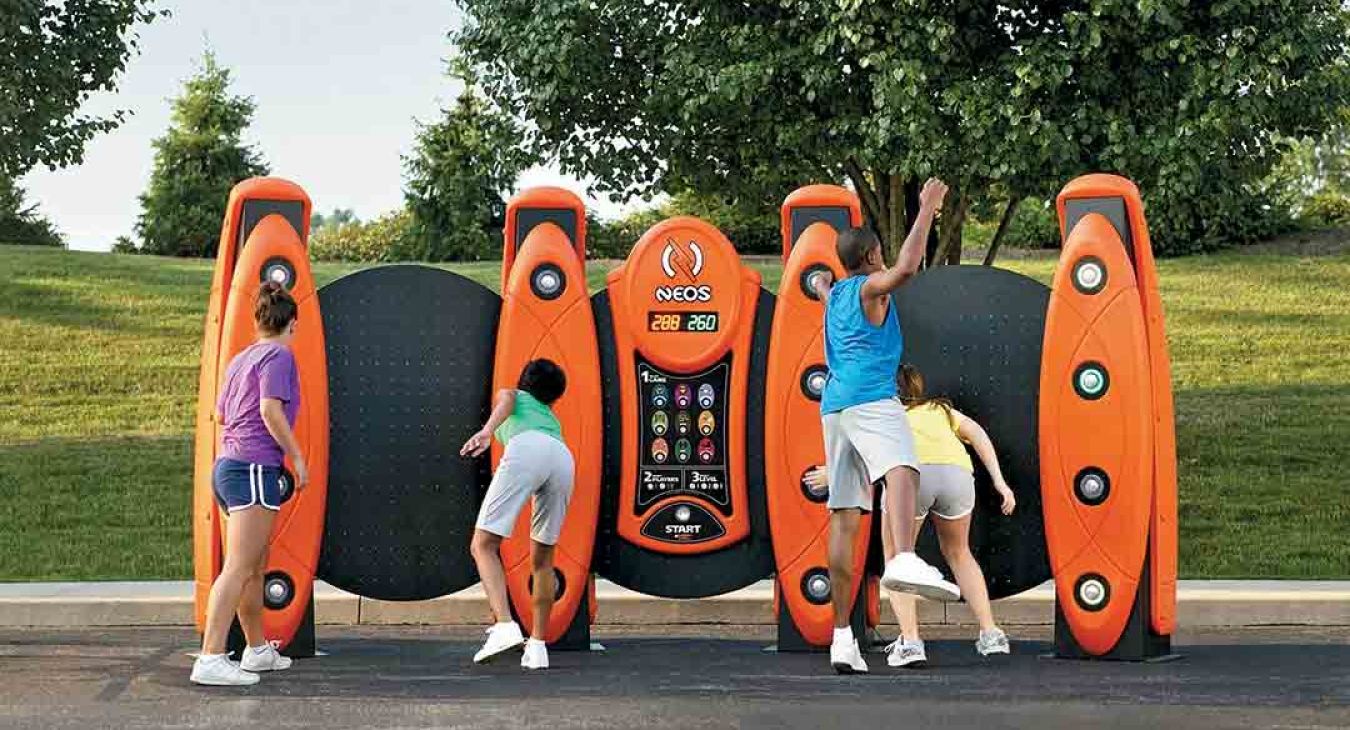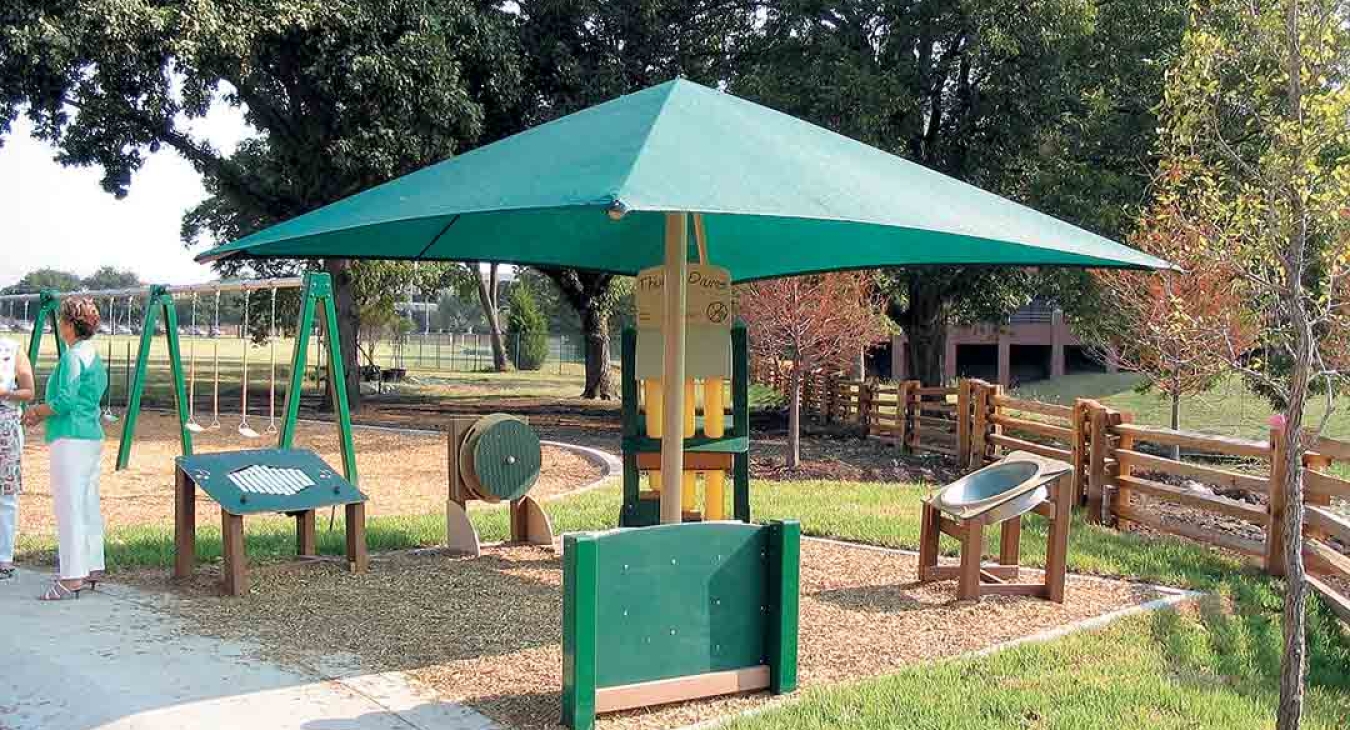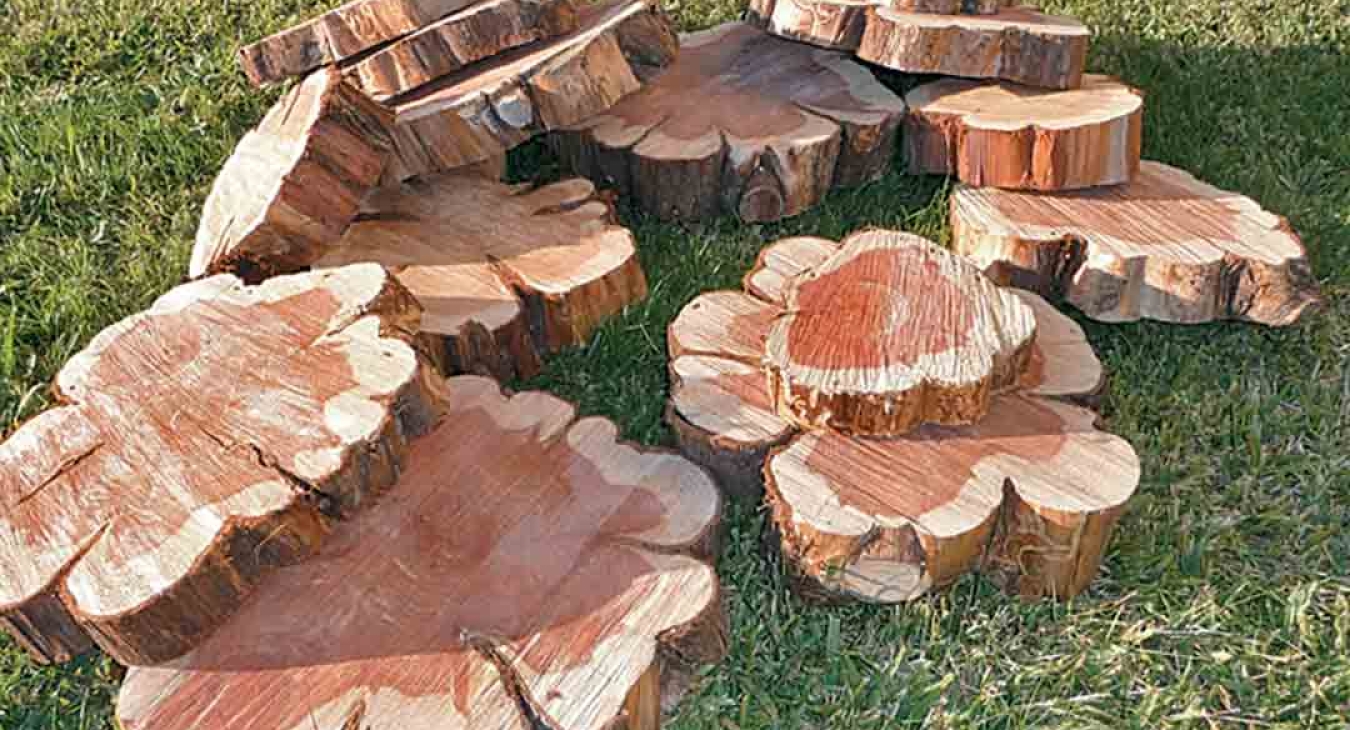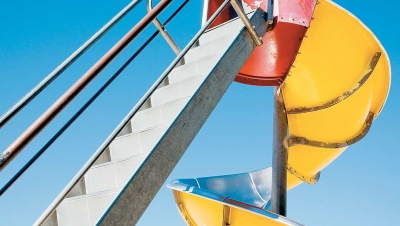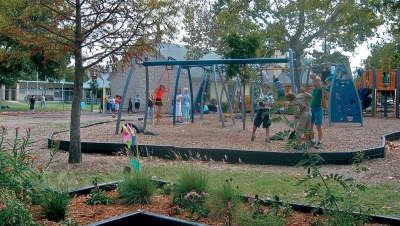Creating A Perfect Play Area
When it comes to designing the kind of playground that inspires kids, the hallmark of truly blissful child’s play will naturally encourage social and developmental play.
If your goal is to create an ideal playground, keeping on top of the newest trends in playground design and amenities is imperative. A play area designed with color, nuance, style, and, of course, proper site amenities can make all the difference in the imagination of a kid looking for a magical afternoon at the playground.
“We’re getting away from post and deck structure that has almost become a commodity,” Dan Reisetter, of Xccent Play, said. “Arches, curved tubing and different types of features that create an almost pavilion-type look are what the most innovative companies are doing right now.”
He added that different types of materials and altogether new ways for a child to traverse from one side of a playground to another are inherent in forward-thinking designs. He pointed out that children want more than walking up some steps and sliding down a slide and many designers have research to back up the need for more than your typical playground.
In fact, play spaces that allow children to use more than just their large motor skills have been shown to assist in brain and language development as well as that standard playground emphasis on large motor skill development.
Move Away From American Styles
Ron Derk, with PlayWorld Systems, agreed the movement is away from American-style “platform and post” playgrounds. He said designers are leaning toward a non-traditional European contemporary style of playground that doesn’t have platforms/decks. He said it is a new way of looking at a play system, with its curved posts and interesting visual geometry.
“It’s not a new idea, but it is a whole different way for American designers to look at playgrounds,” Derk said. “It is much more interactive; it’s not static and rigid. It’s a fun challenge and it appeals to the older kid who is jaded by the playground.”
Derk also pointed to an emerging trend for designers to incorporate independent structures designed to bring the appeal of electronic play to the outdoor playground arena.
“Kids are fascinated by computers/games and technological gizmos. Unfortunately, while the electronics are fascinating, the lack of exercise is not good since it leads to obesity. We see our kids vegetate in front of TVs and electronic games. We wanted to know how we could take that (electronics) outdoors onto the playground. We have found that it gets kids excited, involved and they get a lot of exercise.”
What Derk is referring to is the rise of electronic games, enlarged and refitted and then installed as stand-alone structures that allow electronic, interactive play outdoors. There are several game options for designers to work into their playground designs that he said leaves players excited, out of breath and hungry for more.
While some in the playground industry find outdoor electronics to be controversial, others find the development to be worth looking into.
Keep Parents Comfy
Likewise, playground amenities may seem obvious if you are an insider in the playground industry, but sometimes their convenience and necessity can be overlooked by designers. Without playground amenities like lighting, drinking fountains, flagpoles, barbecue areas, bike racks, picnic tables and benches, a playground may seem lackluster and poorly planned. The devil is in the details, as the saying goes, and it holds true for America’s finest playground designs as well.
What mother wants to take her children to a play area where she has nowhere to wash her kid’s hands? What dad wouldn’t rather sit and chat with buddies on a park bench in the shade than couch it on the grass? While a playground is designed for play, a great playground needs to serve its users well with amenities that serve a function.
“Many of the new playground structures are incredible, creative and inviting play environments, but they are designed for the children,” Bob Simonsen, of R.J. Thomas Mfg. Co, said.
“The adults who accompany the children at the playground need comfortable and inviting site amenities also. If the adults don’t like being there then it is probable the children won’t get to come as often.”
To create the feel of a great playground, Simonsen recommends having a polished design of matching amenities. He said, “The site amenities around a playground need to look like they belong to the whole landscape. If the play structure is built from wood, then the benches and trash receptacles nearby should be of wood. If the play structure is built of colorful steel and plastic components then the picnic tables or benches should include matching colors. Site amenities can color coordinate with the structure and the landscape. Synergy develops when all the parts look like they belong and work together to create a fun place.”
A Holistic Approach
Using a holistic approach isn’t just for site amenities. Incorporating an entire landscape into the playground is another design inspiration taking root in the playground culture. Shane Jefferys, of Grounds for Play, said he sees the current approach to design heading in a lot of different directions. However, he said he is seeing increasing popularity in the concept of working natural play into the traditional structured play environment.
“Playgrounds that incorporate nature centers are more whimsical, warmer,” Jefferys said. “Sound gardens (outdoor musical instruments that are encompassed into play areas) and areas designed for dramatic play allow for more learning and allow kids exploration of different avenues of play.”
The goal of most cutting-edge designers is to open up whole new experiences to children, thereby increasing not only the joy of play, but the overall value and learning that goes along with an afternoon at the playground. Integrating music, art, textures and opportunities for sensory and motor development into a playground design appear to be the new benchmarks of the play industry’s finest.
“We’re just trying to do what’s best for children,” Jefferys said. “That’s our mission. Design with an end in mind. What are you trying to get kids/teachers learning and doing? It’s the hours spent outside that facilitates learning through the process of play. Kids express themselves in many different forms and there are a number of different types of learning that can take place.”
Whether you prefer a holistic play environment to enrich your youngsters or a technologically savvy play area to get gamers out of the house, there are a thousand approaches to consider when designing a play area. It all depends on what your community wants for its vision of the perfect play area. Being aware of the most innovative designs in the industry will allow you to create a play area that will draw children to playtime for years to come.
Just be sure not to overlook site amenities in the design or the kids’ dads will have grass stains on their chinos.

